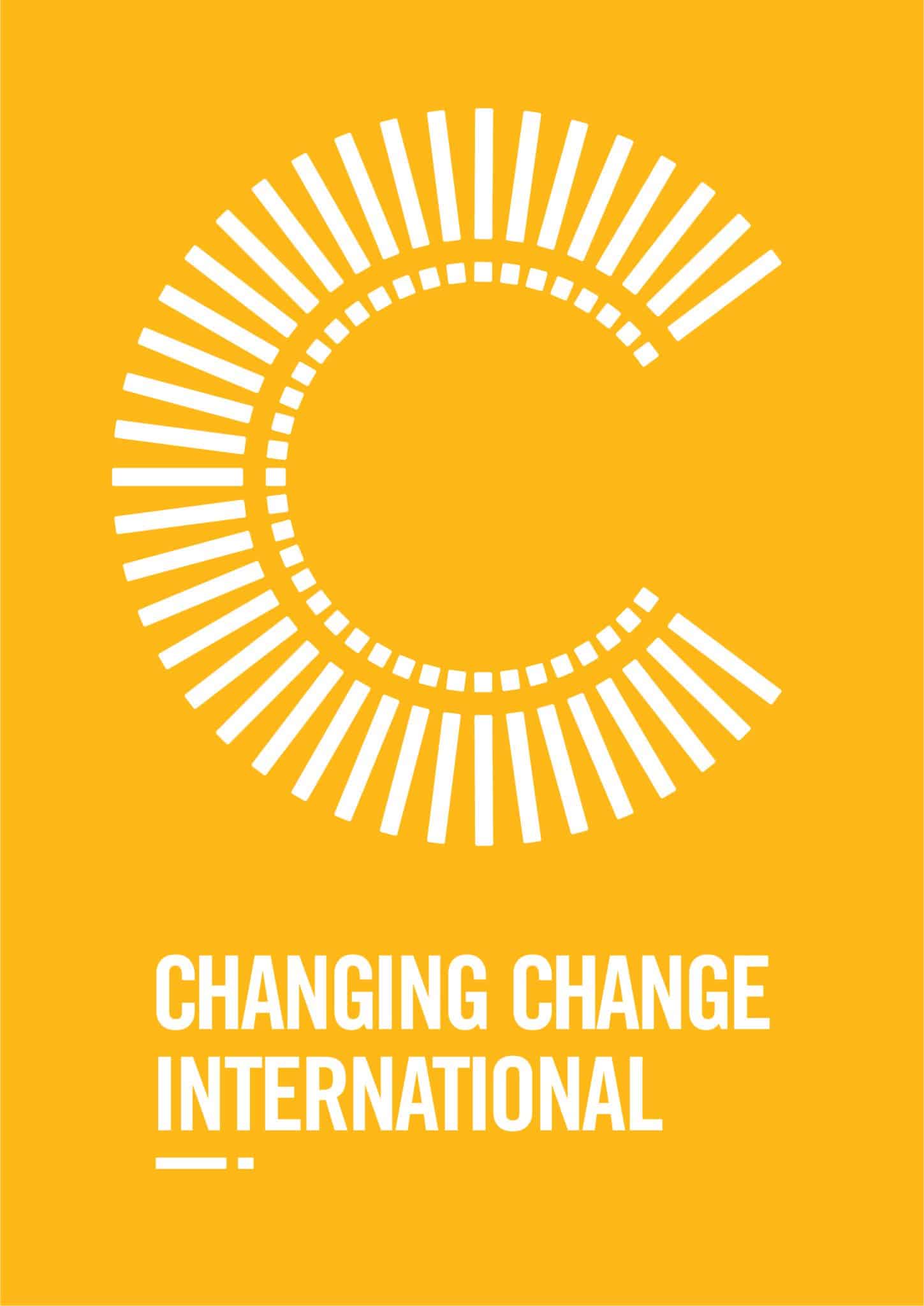AGREEING TO DISAGREE – WHY GREAT WORKPLACE CULTURES RELY ON IT
“For good ideas and true innovation, you need human interaction, conflict, argument, debate.” Margaret Heffernan
Agreeing to Disagree – Why great workplace cultures rely on it
Acknowledgement Author: Diane Gray of Change Play Pty Ltd (www.getagameplan.com.au)
Decision making, when so much is at stake, can be downright messy. Endless meetings, emails, constant back and forth … progress can be so slow. Why?
Well, sometimes the research takes time, and sometimes the progress slows because people disagree.
And it becomes a problem when people stick to one way — their way — as the only way.
Meetings are often called to “discuss” the issue, but the emotions driven by the need to ‘be right’ can take over, heated arguments begin, and people dig in to defend their position. Between the start and end of a meeting, little progress is made other than building factions, gaining allies – or creating enemies – and around it goes. Decision by committee makes for slow progress – if any.
“Great workplace cultures do not need agreement as much as they need to create room for disagreement.”
Diane Gray
But it doesn’t have to be that way. If you crave a work environment that moves faster, and doesn’t rely on everyone’s agreement then consider these steps:
Gain clarity on the big picture outcome needed for the business to move forward:
- How is the problem that needs to be solved, affecting or stopping the business serving its vision, its purpose?
- Make it an expectation to disagree when finding the solution/s to the problem (if you’re not disagreeing it’s likely you’re not being particularly innovative)
- Give team players a role to play in meetings/discussions to enhance options and innovation. Have your team prepare to be out of their comfort zone in the role they play. Meredith Belbin’s Team Roles (see table below) is one place to start.
- Move your focus to help uncover and develop ideas and solutions, not limit them
- Allow expressions of ideas and of disagreement without sabotage. Build the ‘agree to disagree’ muscle and remove people feeling they are under threat because their idea/s were ‘dismissed’. Seek to uncover what emotion and rational thoughts are driving individual points of view
- When choosing the best solution, make sure team players contribute to the discussion, according to their ability to make the solution work, tweaking it as you go along the road of implementation.
- When you have the final solution, gain everyone’s commitment to it as being in the best interests of the group – and then act as one team
Table 1: Belbin’s Team Roles (source: The Decision Book, 2011; Krogerus and Tschäppeler)
|
Team Role |
Contribution |
Character |
Possible Weakness |
|
Plant |
Introduces new ideas |
Unorthodox thinking |
Absent-minded |
|
Resource Investigator |
Investigates possibilities, develops contacts |
Communicative, extrovert |
Over-optimistic |
|
Coordinator |
Encourages decision-making processes, delegates |
Independent, responsible |
Appears manipulative |
|
Shaper |
Overcomes obstacles |
Dynamic, works well under pressure |
Impatient, provocative |
|
Monitor |
Examines feasibility |
Level-headed, strategic, critical |
Uninspired |
|
Team worker |
Improves communication, get things moving |
Cooperative, diplomatic |
Indecisive |
|
Implementer |
Puts ideas into practice |
Disciplined, reliable, effective |
Inflexible |
|
Completer |
Ensures optimal results |
Conscientious, prompt |
Timid, hardly delegates |
|
Specialist |
Provides specialist knowledge |
Self-reliant, committed |
Gets lost in the details |
Build teams who are comfortable agreeing to disagree; it builds resilience, openness, opportunity and innovation – and the advantages of that are unlimited.
Written by Diane Gray of Change Play Pty Ltd (www.getagameplan.com.au)
